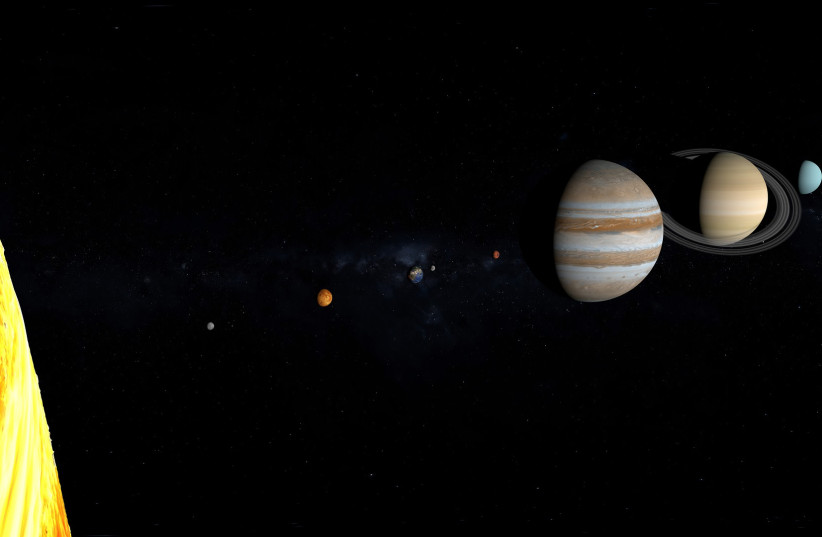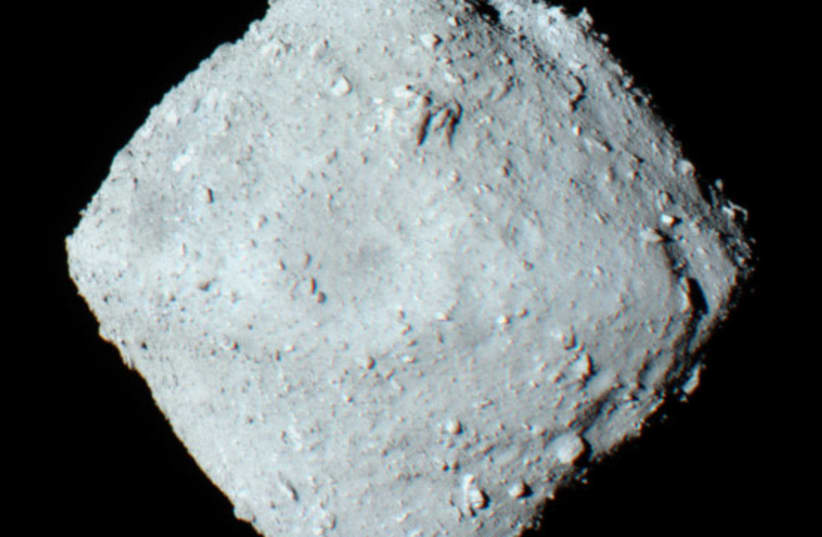A new study of the asteroid Ryugu by researchers from Okayama University revealed new findings about the formation of the solar system.
The peer-reviewed study, published in the Proceedings of the Japan Academy on Thursday, analyzed samples of the asteroid retrieved during the Japan Aerospace Exploration Agency's Haybusa2 mission.
According to the study, asteroids and comets are the remnants of the formation of the solar system. The planets would have first formed in a disk of gas and dust called a protosolar nebula around an object called a protosun that became the Sun.
The protosolar nebula would have been spinning the fastest toward its center, concentrating a large amount of the material from the area, the study added. Some of the material would have fallen onto the protosun's surface, increasing its temperature and in turn causing an increase in radiation, leading to the photoevaporation of the material of the inner solar system. After it had cooled, new materials condensed into planetesimals, which then broke apart due to collisions. Some of them would eventually form S-type asteroids.
Haybusa2
The Haybusa2 mission targeted a type of asteroid called C-type, which preserves far more of the material from the early solar system than S-type asteroids, as the material within them has been affected much less by heating from the protosun.


Information from telescopes on Earth and from remote sensors on the Haybusa2 spacecraft indicated that organic materials and water may be present on Ryugu. C-type asteroids, however, are difficult to study using these instruments, since they are dark and the data would not be sufficient to identify specific materials. Okayama University researchers therefore conducted a comprehensive geochemical analysis of a sample from Ryugu.
The researchers first gathered the physical and external information of the samples, then cut open the particles with a diamond knife, finding minerals and textures that suggested the samples had been exposed to both liquid and frozen water at one point.
